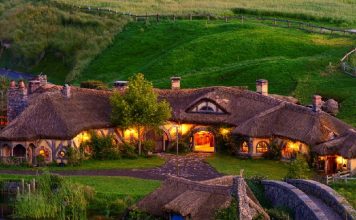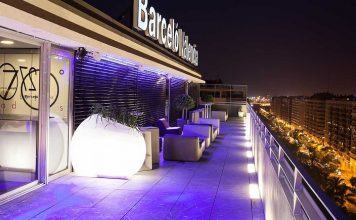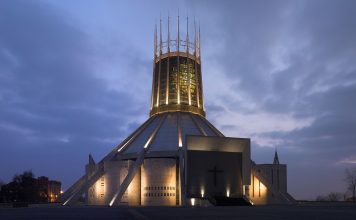Covered Market
Source: Link
Preston is another beautiful part of England everyone must visit at least once. It is located in Lancashire of Northern England. Its museums and galleries have incredible collections to offer visitors. If you plan to visit Preston for the first time and are not sure about where to start, you’ve come to the right place. Here are 10 great places you must not miss when you go there! A Grade II listed landmark structure located on Earl Street, this covered market was made of cast iron pillars and iron roof that supported a glass roof. It also has a rainwater drainage where water is collected and transferred to the hollow pillars. Of Victorian architecture, this is a great heritage site and also a place where buyers can get antiques. Click the next ARROW to see the next image!
Boilton Wood
Source: Link
Covered by bluebells in spring, this ancient woodland is the longest stretch in Lancashire and is a special scientific interest site. Set above the River Ribble, this natural area is accessible through Brockholes Local Nature Reserve. Click the next ARROW to see the next image!
Avenham Park
Source: Link
Proximal to the centre of the city, this public park is one of the finest Victorian parklands in the North West. Opened in 1861 and is listed as Grade II, this municipal park boasts of a Japanese Garden with ornamental plants and astounding water features. Other interesting attractions include the Derby Walk, The Belvedere, Ribble Walk and Boar War Memorial on Board Walk. Click the next ARROW to see the next image!
Ribble Steam Railway
Source: Link
This attraction features well-maintained locomotives that date back more than 100 years. A preserved railway, it is now also the home of the collection from the Southport Railway Museum and was opened to public access in 2005. It also operates passenger services from Preston Riverside to and from Strand Road Crossing. Click the next ARROW to see the next image!
Miller Arcade
Source: Link
Said to be the first indoor shopping centre in town, this arcade is located in the city centre and was built in 1899 and still a favourite of locals and foreign tourists. This famous structure is a Victorian building and is Grade II listed. The front shops still show its era, with high-glass paneled ceilings and ornate tiling. Click the next ARROW to see the next image!
National Football Museum
Source: Link
With over 2500 exhibits on display, this football museum features different collections of memorabilia that have been preserved and collected for the education and amusement of its visitors and football fans. Located in the Urbis building, it has six levels which offer a variety of interaction, activities and information about the long history of the game. Click the next ARROW to see the next image!
Harris Museum
Source: Link
This Grade I listed museum and gallery has impressive collections of decorative art, costume, textiles and remarkable pieces on archaeology and local history. For narrating the story of Preston, this museum has a specific history gallery called “Discover Preston”. The collection includes a skeleton of a 13,500 year-old Ice Age elk. Other art pieces include more than 800 old paintings by different artists. Click the next ARROW to see the next image!
Moor Park
Source: Link
This is a Grade II listed park and is considered the oldest and the largest in Preston. It used to be a farm but was improved and landscaped in the 1860s. It has a body of water called the Serpentine Lake and an observatory built in 1927and was named the Jeremiah Horrocks Observatory. Click the next ARROW to see the next image!
Lancashire Infantry Museum
Source: Link
Formerly known as the Queen’s Lancashire Regiment Museum, this attraction tells the stories of the men from Lancashire who bravely fought in the wars of the past. Covering over 120 units which include 59 battalions, this historical site has on display different pieces, such as medals, uniforms, flags and photographs. Click the next ARROW to see the next image!
Samlesbury Hall
Source: Link
This historic, stately home was built in 1325 by Gilbert De Southworth as a family home. It was said to have been built over a building which was destroyed earlier. A Grade I listed manor house, the hall has been used for different purposes over the years, including being a boarding school for girls. It also has a reputation of being haunted which makes it more interesting to visitors.
























